Wall Street Buys Bitcoin as BITO Raises $550m on Day One
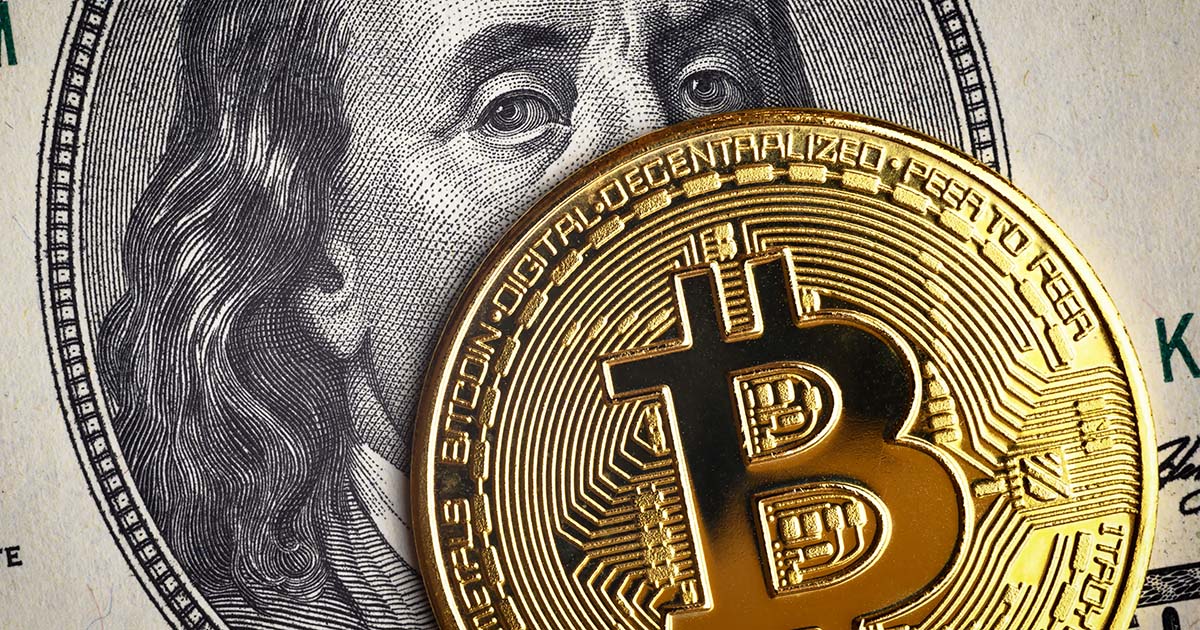
Disclaimer: Your capital is at risk. This is not investment advice.
ByteTree Market Health Update; Issue 97
The Bitcoin ETFs are coming to America, and the market is psyched. Some estimates see $50bn of potential demand via these new futures-based vehicles. If that money comes, this bull market will be unstoppable.
Yesterday, the first of many Bitcoin futures ETFs was launched by ProShares under the ticker, BITO. By the year-end, we expect to see new issues by Valkyrie, Invesco, VanEck, Galaxy, AdvisorShares, BitWise and BlockFi.
BITO launched with $20m of seed capital, and it looks like it raised $550m by the close, so it now has $570m of assets under management. Not bad. Over the coming weeks, I suspect the price of bitcoin will be closely linked to the assets raised by these new bitcoin futures funds.
ByteTree fund flow data shows BITO with $20m today as the fund was late to report after a chaotic first day that saw $1bn of trading volume. Tomorrow, we hope the full amount will be reflected in our fund flow data.
Several product launches mean that many sales teams will be pushing the story to investment advisors around the country. This increased availability can only be positive for bitcoin in the long run.
Yet, these products invest in bitcoin futures as opposed to actual bitcoins, as the regulator has consistently rejected applications for physical Bitcoin ETFs. This is a disservice to the investor.
Futures versus spot
A futures contract settles at the spot price, but the further into the “future” you buy the contract, the more the price can differ from the current spot price. In the case of bitcoin, you generally end up paying more, but not always.
To get a sense of this, the “roll yield” is shown below. That is the price difference between the 2nd and 3rd monthly contract shown annualised. Currently this is 12.5% per annum, but it is volatile.
Futures underperform bitcoin
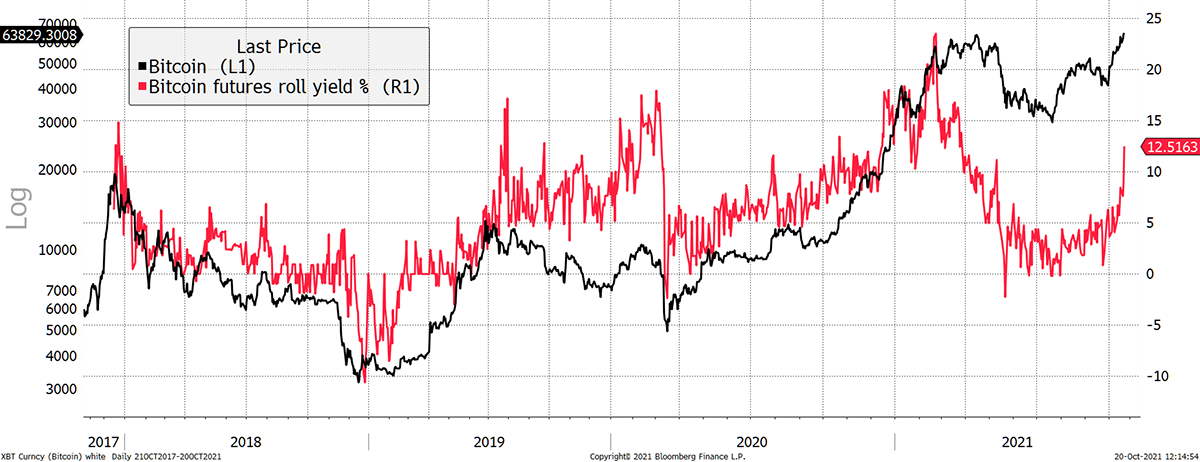
The roll yield has averaged 5.1% since the launch of the futures contract in 2017. Over the past year, it has averaged 8.4%. This is the amount a futures ETF investor will underperform bitcoin each year before fees.
This is not dissimilar to the behaviour of inverse or leveraged ETFs where the short-term performance reflects what you might expect, yet the long-term performance differs wildly - and never in your favour.
As a result, I suspect these futures ETFs will become effective and liquid trading vehicles as you get near like for like exposure over the short-term. Yet over the long-term, they will prove frustrating, as the underperformance will be significant.
In any event, the roll yield is quite a good sentiment gauge for bitcoin as it reflects supply and demand for futures contracts. When the roll yield has been 15% or so, that has tended to coincide with market tops. And when it has been negative, that’s been a market bottom.
That means these are great for shorting at tops as you receive the roll yield. Similarly, they are attractive for going long at times of capitulation as the roll yield has been close to zero, and on occasion, negative. You could get a little extra.
The wider question is how much demand is there from investment advisors? US investors have been able to buy bitcoin via the stockmarket since 2015 via the Grayscale Bitcoin Trust (GBTC). It’s been a huge success and now holds $40bn of bitcoin. Just last December, the stockmarket valued those bitcoins at a 40% premium to their worth, yet today, they are at a near 20% discount.
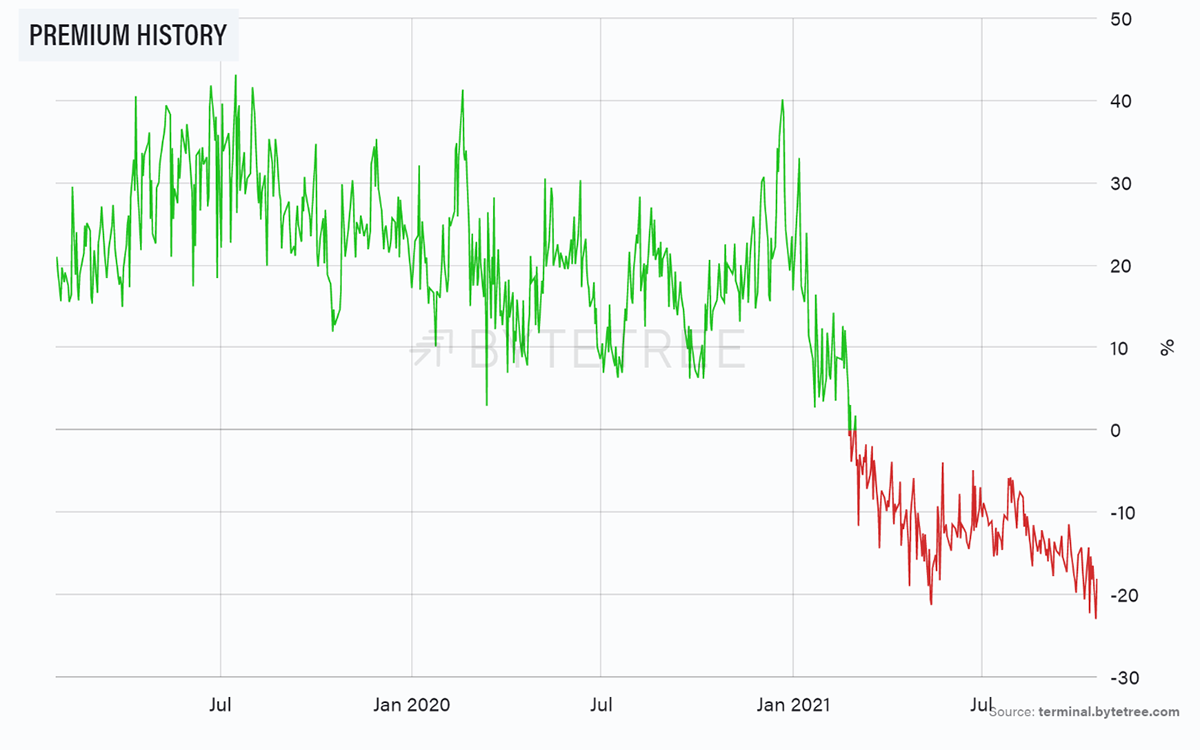
For the other US-listed bitcoin closed-ended fund, Osprey (OBTC), the discount is closer to 25%.
These closed-ended funds have taken a bath this year as their premiums have turned into discounts. One explanation has been the arrival of physical bitcoin ETFs in Canada, which have collectively raised 50,000 BTC worth $3bn. Because the physical ETF guarantees the ability to buy and sell at net asset value, they offer investors greater certainty.
The European and Canadian ETFs are evidently the best bitcoin vehicles for the stockmarket buyer. There has been demand from the US, even in Europe, but mainly from sophisticated investors with access to more sophisticated stockmarket gateways.
Crypto stocks
The other way US investors can invest in bitcoin is via the stockmarket. Going back to the last bitcoin high in April, the performance versus bitcoin has been relatively tight in most cases, but I can’t help but notice that bitcoin has beaten them all.
Bitcoin wins
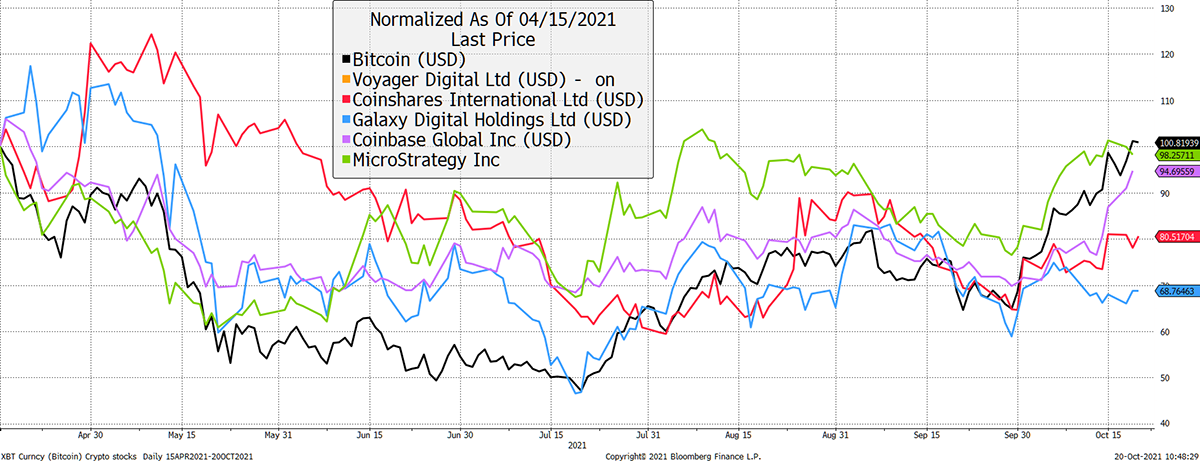
From the low on 19 July, it looks even worse. Bitcoin is up 107%, with the best contender, Galaxy, up just 47%.
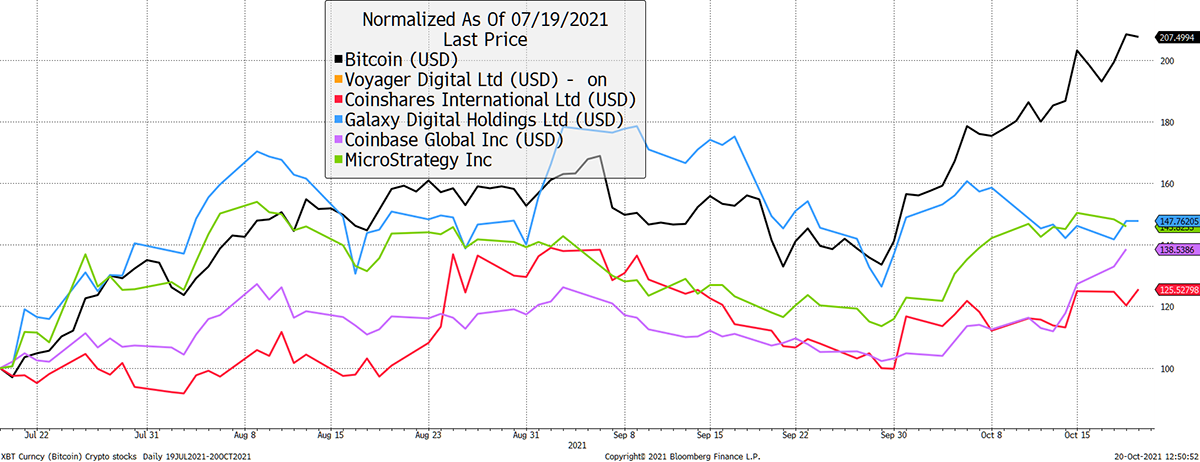
MicroStrategy (MSTR) returns matched bitcoin since the old high but lagged since the low. That’s disappointing, given the balance sheet is geared by 133%, which means it might have done better. But like GBTC and OBTC, it used to trade at a significant premium, which is now falling. Having once been over 200%, according to our calculation, it is now just 26%. And since the lows, the premium has suffered significantly.
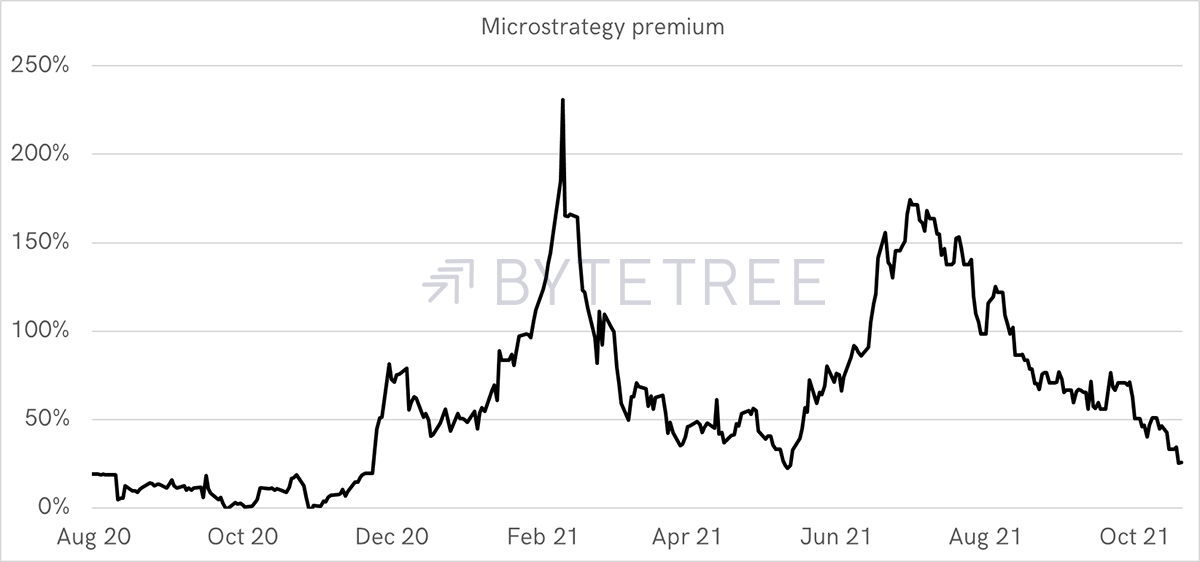
Summary
Wall Street, or should I say US stockmarket investors, have quite a lot of choices when seeking bitcoin exposure. It is a shame they can’t get a low-cost physical ETF, which at the very least, does what you would expect it to do - deliver the performance of bitcoin.
It will probably come about one of these days, and not a moment too soon as it would protect investors from alternatives that provide less certainty. Of course, you can download a wallet and buy real bitcoins, and many do. But let’s not forget how big Wall Street, brokerage accounts and funds really are. They are gargantuan, and any conduit between that golden goose and bitcoin is an opportunity for growth.
Shame it has to be futures and not the real thing.

Comments ()